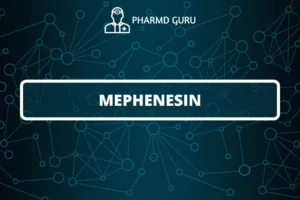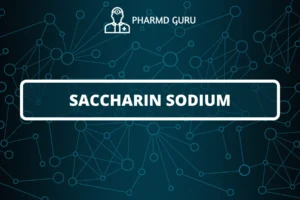The Perkin condensation is a classic organic reaction that involves the condensation of an aromatic aldehyde with an acid anhydride in the presence of a base to form an α,β-unsaturated carboxylic acid. It is named after its discoverer, William Henry Perkin, an English chemist who first described the reaction in 1868.
SCROLL DOWN TO THE BOTTOM OF THIS PAGE FOR ACTUAL NOTES.
The general equation for the Perkin condensation is as follows:
ArCHO + RCO2COR’ → ArCH=CHCO2H + RCO2H + R’OH
In this reaction, an aromatic aldehyde (ArCHO) reacts with an acid anhydride (RCO2COR’) to produce an α,β-unsaturated carboxylic acid (ArCH=CHCO2H), along with a carboxylic acid (RCO2H) and an alcohol (R’OH) as byproducts.
The Perkin condensation is typically carried out in the presence of a base, such as sodium or potassium hydroxide (NaOH or KOH), which serves as a catalyst and deprotonates the aldehyde. The deprotonated aldehyde then reacts with the acid anhydride, resulting in the formation of an intermediate hemiacetal. Subsequent elimination of water from the hemiacetal leads to the formation of the α,β-unsaturated carboxylic acid.
The mechanism of the Perkin condensation involves several steps:
- Deprotonation: The base deprotonates the aromatic aldehyde, generating the corresponding enolate ion.
- Nucleophilic attack: The enolate ion attacks the carbonyl carbon of the acid anhydride, forming a tetrahedral intermediate.
- Elimination: Water is eliminated from the tetrahedral intermediate, resulting in the formation of the α,β-unsaturated carboxylic acid.
- Regeneration of base: The base is regenerated through a proton transfer from the alcohol byproduct.
The Perkin condensation is a versatile reaction that allows for the synthesis of α,β-unsaturated carboxylic acids, which are important building blocks in organic chemistry. The reaction can be used to introduce double bonds into aromatic systems and to create conjugated systems, which have unique electronic and optical properties.
It is worth noting that variations of the Perkin condensation exist, including the Intramolecular Perkin Condensation, which involves a single molecule that contains both the aldehyde and the acid anhydride moieties.
Overall, the Perkin condensation is a valuable tool in organic synthesis, enabling the preparation of various compounds, including natural products, pharmaceuticals, and dyes.
ACTUAL NOTES:
PATH: PHARMD/PHARMD NOTES/ PHARMD FIRST YEAR NOTES/ ORGANIC CHEMISTRY/ PHARMACEUTICAL ORGANIC CHEMISTRY/ PERKIN CONDENSATION.




